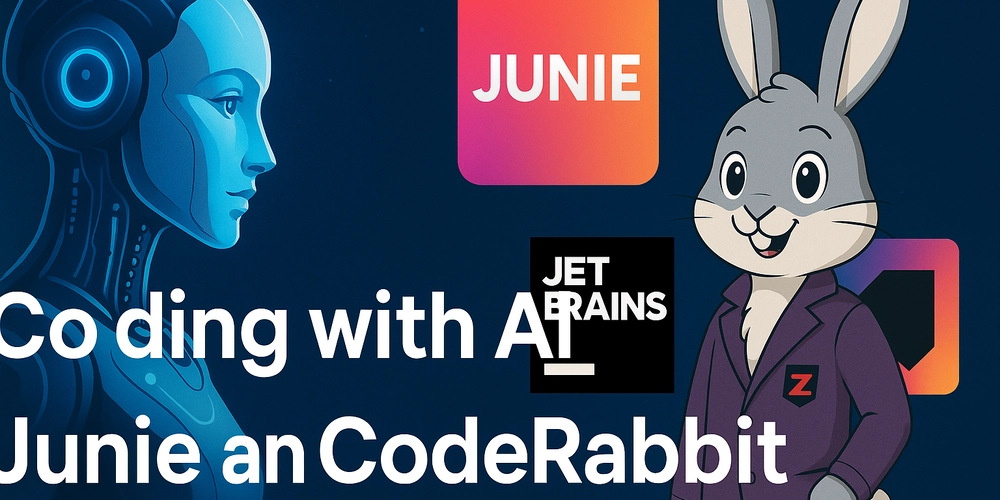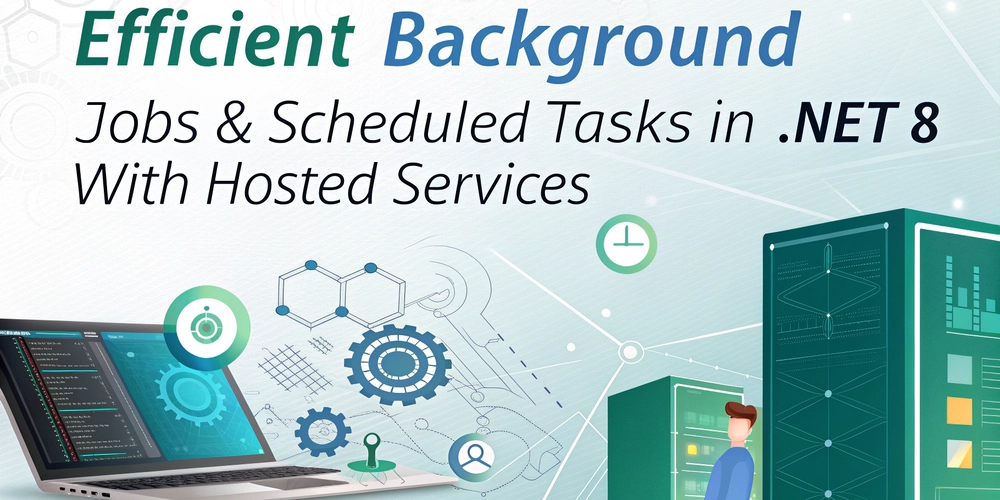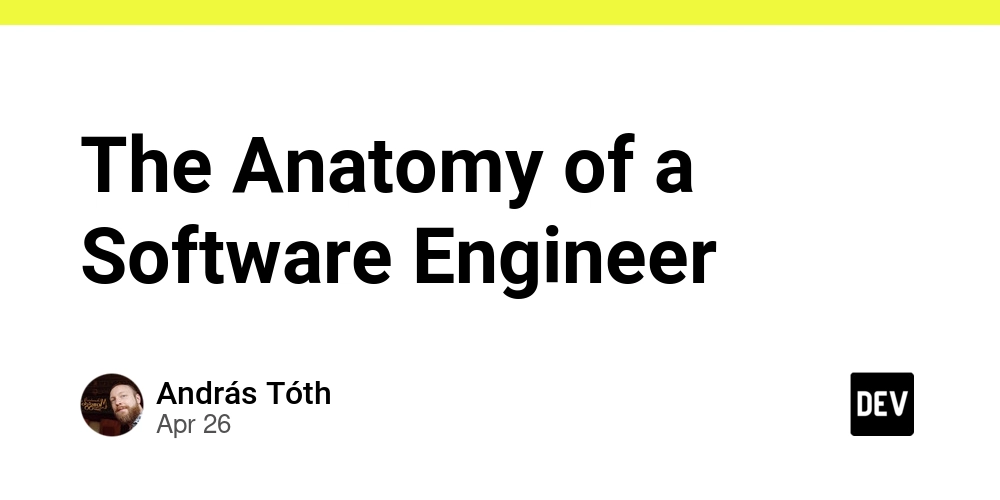Supercharge Your AI: A Guide to the Best LLM Agent Frameworks in 2024
This article explores the leading LLM agent frameworks available in 2024. Discover how these tools can significantly enhance your AI development projects and create powerful, autonomous agents. We explore a selection of frameworks designed to optimize LLM integration and agent capabilities.
What are LLM Agent Frameworks and Why Should You Care?
LLM agent frameworks provide the necessary infrastructure and tools to build sophisticated AI agents powered by Large Language Models (LLMs). They simplify complex tasks, allowing developers to focus on agent behavior and functionality. These frameworks offer advantages such as streamlined development, enhanced scalability, and improved agent performance.
Top LLM Agent Frameworks to Consider
Here's a breakdown of some of the top LLM agent frameworks, each with its own unique features and strengths:
- CrewAI: Orchestrate AI agents in role-playing scenarios for collaborative problem-solving. Features include role-based design, flexible memory, and built-in error handling.
- Langchain: Known for its modularity and extensibility, Langchain provides a unified interface for LLMs. It includes pre-built agent toolkits and integrations for CSV, JSON, SQL, Python, and Pandas, plus vector store capabilities.
- Microsoft AutoGen: Build multi-agent conversational systems with customizable agents, code execution support, and advanced conversation management. It also facilitates flexible human involvement.
- Llama Index: A data framework designed for LLM applications, with advanced indexing and retrieval capabilities. Llama Index supports 160+ data sources, customizable RAG workflows, and structured data handling.
- Microsoft Semantic Kernel: Offers enterprise-grade security, multi-language support, and a plugin architecture for integrating AI models. Includes responsible AI features and memory management.
- Dify: Dify is an Open-source framework allowing for visual prompt orchestration, integration of long context, API development, multi-model support, and RAG pipelines.
- Haystack: A comprehensive NLP framework that supports document processing, neural search, question answering, and semantic search, alongside agent capabilities.
- Embedchain: Simplifies the creation of ChatGPT-like bots with multi-source data ingestion and automated embedding. Embedchain also features context window management, multiple LLM support, and options for RAG optimization.
- SuperAGI: You can customize agent workflows, create tools, monitor performance, and manage resources. Also features multi-vector memory storage.
- AGiXT. For creating scalable AI agents with multi-provider support and chain-of-thought processing.
- XAgent: Offers human-like planning, autonomous task decomposition, tool learning, and action validation capabilities for LLM-based agents.
- OpenAgents: An open platform for language agents with coding assistance, web browsing, and interactive visualization.
- AI Legion: Provides a swarm framework for autonomous agents, promoting multi-agent coordination and dynamic task allocation.
- Agent Protocol: Standardizes communication between AI agents through versioning, tool integration, and language-agnostic design.
- Agents.js: Build Al agents for the web. Features include event-driven architecture, tool abstraction, memory management, and real-time processing capabilities.
- CAMEL: Create role-playing agents and task-oriented dialog for Multi-agent conversations, with behavioral analysis and cognitive architecture.
- BabyAGI: A lightweight framework optimized for AI task management, task prioritization, and autonomous execution.
- Autonomous-GPT: Build autonomous GPT-4 agents with internet access and long-term memory.
- MetaGPT: A multi-agent framework made for software development.
- Minions: Extendable framework for AI assistance.
- ix: The autonomous agent framework features a visual workflow builder and sandbox environment.
- saplings: Boost reasoning abilities using tree search algorithms.
- Smolagents: A minimalist option for building powerful agents through code.
- Flowise: Great with drag and drop UI to build LLM flows.
- Pydantic AI: This production-grade agent is framework built on Pydantic.
Key Considerations When Choosing an LLM Framework
When selecting an LLM agent framework, consider factors such as:
- Project Requirements: What specific problem are you trying to solve?
- Ease of Use: How quickly can you get up and running?
- Scalability: Can the framework handle your growing needs?
- Community Support: Is there a strong community to assist you?
- Cost: Are there any licensing fees or hidden costs?
Getting Started with LLM Agent Development
- Define Your Objectives: Clearly outline what you want your AI agent to achieve.
- Choose a Framework: Select the framework best suited to your objectives and technical expertise.
- Explore Documentation: Familiarize yourself with the chosen framework’s documentation and examples.
- Start Building: Begin developing your AI agent, iterating and refining as needed.
- Test and Deploy: Thoroughly test your agent before deploying it to a production environment.
By leveraging the power of LLM agent frameworks, you can create innovative AI solutions that automate tasks, enhance decision-making, and drive business value. Stay ahead of the curve by exploring the frameworks highlighted in this guide, and unlock the full potential of AI agents in 2024.






